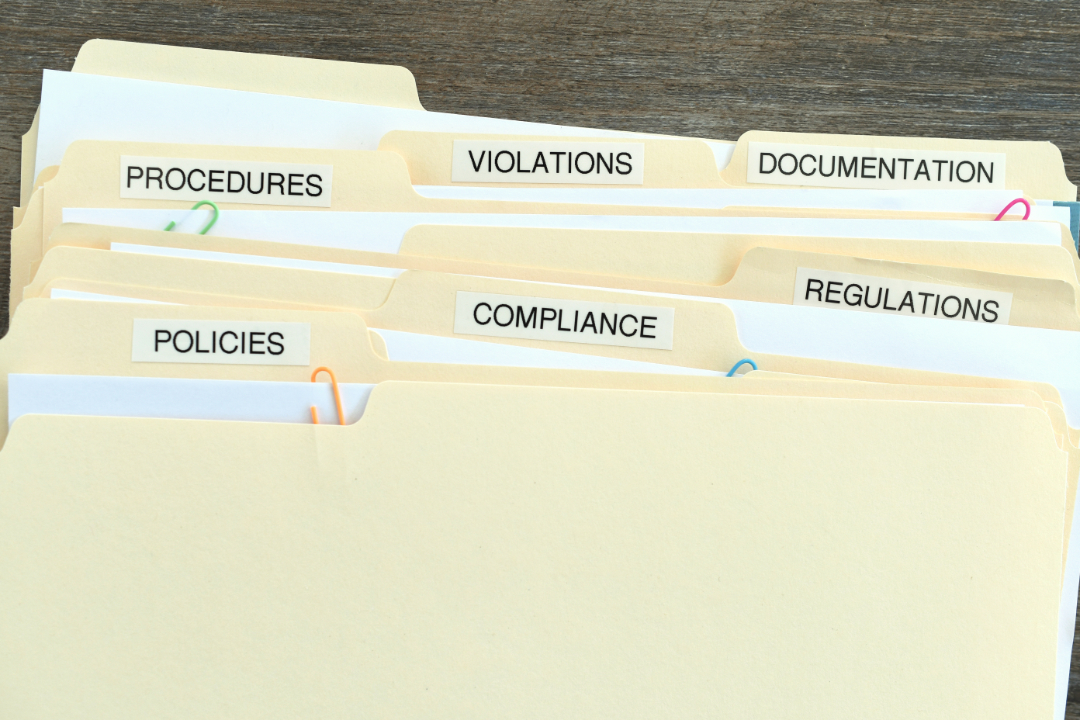If your organization is looking for “better ways to doing things”, I suggest visiting the GFOA website. GFOA stands for Government Finance Officers Association. It is an organization that was established in 1906 and represents public finance officials throughout the United States and Canada. This organization uploads best practices for multiple functions such as audit committee, procurement, risk assessment, and many more topics. We will cover a few of ‘best practices for accounting and financial reporting for capital assets, grant management, and purchasing.
Capital Assets

Threshold Amounts
Capital assets are reported in the audited financial statement, statement of net position. Usually, capital assets are items which the purchase prices is above a certain threshold amount such as $5,000 and has a useful life of more than one year. GFOA recommends the capital asset threshold to be $5,000. Please, keep in mind the size of your organization, I have seen capital assets thresholds as low as $500. $500 seems to be too low in my professional judgement. If an organization reports less than $100,000 in revenues, most likely a capital asset threshold of either $1,000 or $2,500 should suffice. If your organization is larger and purchase many different types of capital assets such as buildings, equipment, land, etc., consider using a different threshold for each capital asset class.
Each organization should perform an evaluation of the capital assets threshold on a periodic basis. A yearly review should suffice. There may be changes that occurred in your organization that warrants a change in the capital asset threshold for all capital asset classes or for one individual capital asset class.
If you receive federal awards to purchase capital assets, management should be familiar with the federal standards to use, sell, and safeguard the capital asset(s) purchased with federal awards. Please, note if your organization receives more than $750,000 in federal awards and expends them in one year, your organization is subject to the Single Audit.
Inventories of Capital Assets
Your organization should be performing periodic inventory count of its capital assets. The GFOA states that at minimum a periodic count should be done no less than once every five years. In my professional judgement, if your system of account and record capital assets it in the form of a manual process, consider performing an annual inventory to ensure accuracy. The GFOA recommends reporting the capital assets on a perpetual inventory system to maintain effective control over the tangible capital assets. The problem lies with the cost and many smaller local governments could not implement this perpetual inventory system. As a workaround to maintain effective internal controls, perform the annual inventory. The annual inventory will also help management with the yearly budget as there may be capital assets which will not last until the following year.
Grant Management

Many times local governments receive grants from other governments. Some of these grants come from the federal government. These grants have multiple compliance requirements and rules. The GFOA suggests the organization to adopt a grants policy to ensure personnel are applying for all grants which align with the grant policy. Management should understand and know the Board’s direction and their thoughts on the type of grants the organization is wanting to receive. For this reason, it is a good idea to adopt a grant policy as a best practice. In addition, the grants come with many compliance requirements. The organization should be ready to adhere to these requirements and ensure the entity’s system of internal controls has the capability and capacity to comply with grant requirements. If your organization is applying for federal grant awards, consider reviewing the ‘Single Audit Resource Center (SARC)’. This resource will help your organization to prepare for the single audit. For some of the resources you may have to subscribe. It cost me $100 for one year. After the grant is awarded to your organization there are financial and operating controls that will need to be met.
Efficient Administration and Operation of Grant Programs
- Maintain or create a process to track any changes to grant terms and conditions
- Create a project plan timeline.
- Provide training to key personnel about the grant programs
Efficient Financial Management of Grant Programs
- Create cash management procedures for grant proceeds and expenditures
- Create a process to ensure all costs related to the grant program is allowable
- Track information about matching funds
- Integrate budget into annual budget
Systems to Support Grants
- Accounting software and procedures should support GAAP reporting and grant requirements
- Identify and segregate costs
- Develop systems to account for and track capital expenditures
Internal Controls Over Grant Programs
- Document grant compliance requirements and compare them to the organization’s internal controls. Make changes accordingly if the current system of internal controls will not adequately comply with the grant program(s)
- Consider the level of program risk when establishing/creating internal controls
Communication with Stakeholders
- Create a communication process with grantor (sponsor/provider
- Create a communication process with external / internal auditors
- Create a process to develop interdisciplinary task force to discuss how changes to grant programs should be implemented
Cash Disbursements

Policy
Each local government should consider adopting a purchasing policy. The purchasing policy should provide oversight to who is able to initiate a payment to a vendor, refund a customer, dollar threshold for management and bidding requirements. A purchasing policy provides guidance to management to understand the governing board’s view point of how the local government should make its purchases.
In my professional judgement if your organization can make payments electronically, start making payments electronically. Cash disbursements create risks and opportunities that in a weak system of internal controls over cash disbursements, fraud can be perpetrated more easily. Checks also provide risks but it is more difficult to fraudulently misappropriate checks. For each form of payment the organization makes, the policy should provide guidance on how to make the purchase. For example, a petty cash fund should be reconciled on a monthly basis within one week after month-end and the organization should implement verification procedures to prevent duplicate payments reported in the petty cash account.
If you are wondering how electronic payments could benefit the organization. The GFOA provide a few benefits. These include:
- Eliminating storage, handling and processing of paper checks
- Reducing time spent on reconciliation
- Eliminating the occurrence of lost or stolen checks and cost of check reissuance
- Reducing security risks including visibility of info used in check payment fraud
If you would like to speak with me, I am available. Please email me at david@dfarnsworthcpa.com or call me at (408) 780-2236. Have a great day!
David Farnsworth, CPA
P.S. We are on a mission to help local governments with fraud prevention and governmental finance. We exist to help eliminate abuse, wasteful spending and fraud. Our goal is to help you run a transparent financially responsible District or Agency. When you’re ready, here are a few ways we can help right away:
- Sign-up to our monthly newsletter here. We cover topics ranging from fraud prevention, financial reporting, government budgeting, etc.
- Take our fraud risk assessment (link to assessment here) We’ll give you specific recommendations on how to improve your situation right away.
- Receive our free fraud prevention package (click this link to schedule a meeting)
- Jump on a video conference call to get specific fraud prevention recommendations (click this link to schedule a meeting).
- Request a proposal to perform the financial audit. request for proposal.

